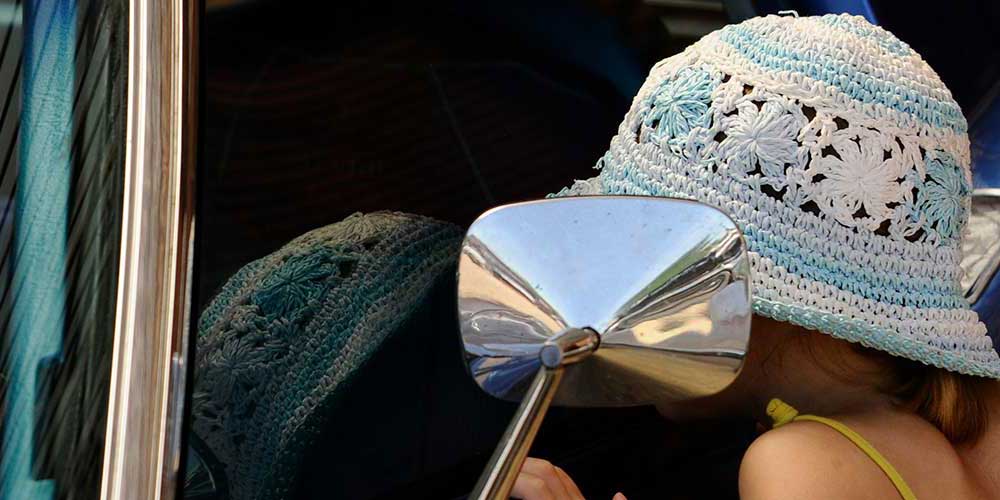By Robert Tate, Automotive Historian and Researcher
Images courtesy of the National Automotive History Collection
Posted: 03.13.2017
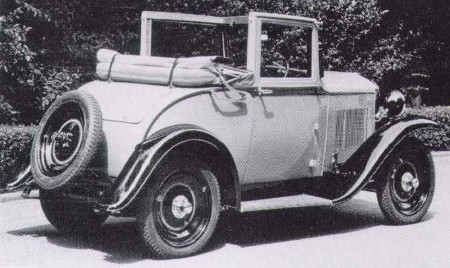
Recently, we had an important event happen in our automotive history and community. On March 6, 2017, it was announced that the French automaker PSA Group would spend $2.2 billion to purchase General Motors’ European Opel and Vauxhall division.
General Motors said the deal should be completed by the end of the year. The purchase includes all of Opel/Vauxhall and its brands. The PSA group is the parent company of Peugeot and Citroen automobile products in Europe.
This story is about the history of Opel and the brand of automobiles that were manufactured during the early days of Opel's history. When you look back at Opel's history, you would have to go all the way back to 1863, when Opel’s brand first appeared as a manufacturer of sewing machines. Opel made 1 million sewing machines in 1863 for households and commercial needs. Later, the company name would appear on one of the world's largest bicycle manufacturers in Germany.
When 1898 came around and as more automobiles were being manufactured around the world, the five Opel brothers would team up with inventor Friedrich Lutzmann to create the first model of the Opel-Patent-Motor Wagon. In 1899, the first vehicle became available for sale to the consumer market.
By 1910, Opel had manufactured many great looking vehicles in a variety of styles. By 1929, Opel had become a corporation and then merged with General Motors in 1931. At that time, a new chapter was written for the automotive history books of a new beginning for one of Europe's largest and most important auto manufacturers in the world.
The first Opel model produced shortly after the merger with GM was the great looking 1931 Cabriolet model which quickly became a favorite in the consumer market. Other models included the 1933 6-cylinder Regent model that became very popular among consumers as well or the popular Olympia models.
After WWII had ended, Opel continued to manufacture great looking models such as the Olympia Kadett and later, in 1953, the Rekord models.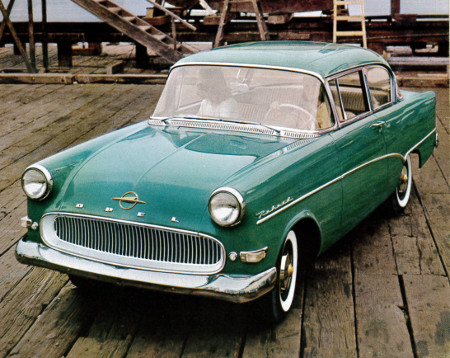
In 1948, General Motors formally resumed control in November of that year. Opel shortly afterwards produced some very well received models from 1953-1957 such as the Opel Kapitan, Olympia Rekord, and the Caravan model. The 1958-1960 Opel models were describe in advertising from the time that stated, “German made-American style,” and that is how the Rekord models were described as the official importation had begun.
The Opel Rekard models were sold through Buick dealerships in the United States. The models offered the American consumer a popular, precision-built automobile with a great low price. The model included many modern features such as a heater-defroster, turn indicators, clock, automatic trunk light and front armrest, which was available at no extra cost to the consumer. Other automobile manufacturers, however, had added a cost to the base price when purchasing a new vehicle.
The Rekord models offered a great interior combinations and six exterior colors were available for consumers. Opel also offered unitized body construction on all vehicles.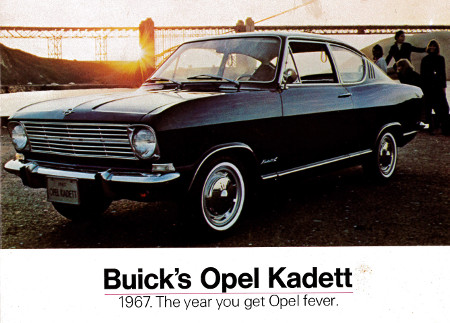
The 1960s introduced “Opel fever” with its 1967 Buick's Opel Kadett models, which were just great looking cars. The 1967 Kadett models were distributed to 640 Buick dealerships in the U.S.
GM advertised the new line as a safe, reliable and economical small car. Robert L. Kessler, Buick's general manager and vice-president of General Motors, said at the time, “There are many motorists in the United States who want a small car that is economical to operate and at the same time is safe and dependable.”
Five new models, including a brand new four-door deluxe sedan, had become available in the new Kadett series. One of the most popular models was the Kadett Rallye car. Some historians have said it was the decisive factor in the Opel Kadett success. The model had appealed to the younger generation with its 67 horsepower engine and a special black paint along with those very cool rally stripes.
The last car regarding the early history of Opel and its early designs is the popular Opel GT models. The Opel GT was a great looking sports coupe with aerodynamic lines. I have always believed, as an automotive historian, that this was one of Opel’s best designed vehicles.
The Opel GT model was developed by an engineering and styling research team comprised of Adam Opel A. G., which was the General Motors subsidiary at Russelsheim, West Germany. The Opel design offered the customer a smooth sloping front, with headlamps covers that retracted automatically, that had reduced air resistance.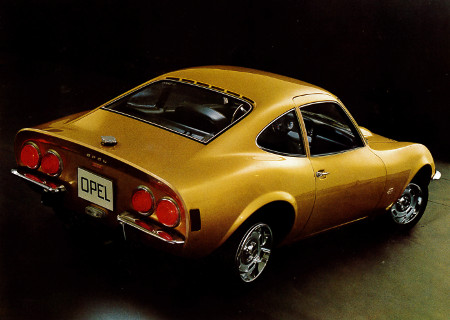
The car came equipped with an experimental coil spring rear suspension system for improved ride and handling. The door openings had extended into the roofline for easy entrance and exit. The GT’s interior had offered the customer twin bucket seats that had been molded and inclined for maximum support and comfort.
In conclusion, the Opel automotive styling from the early days will always be a part of our great automotive history.


